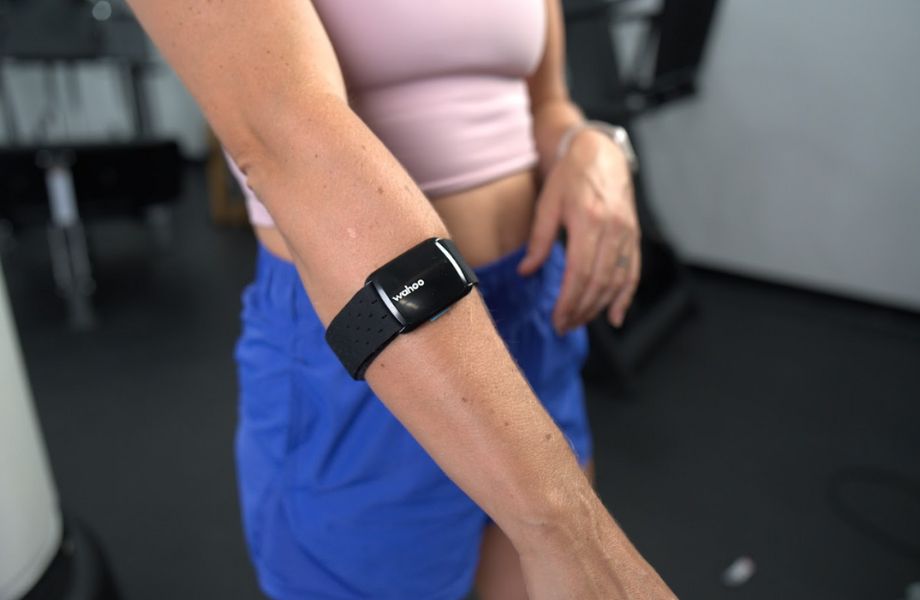We test and review fitness products based on an independent, multi-point methodology. If you use our links to purchase something, we may earn a commission. Read our disclosures.
If you regularly participate in cardiovascular training, whether you’re a runner, triathlete, or simply want to improve your health and cardiovascular fitness, understanding heart rate zone training can help you maximize your results.
Many training plans for endurance athletes recommend specific heart rate zones for various types of training. While any form of cardio can benefit your health, the five different heart rate zones used in exercise protocols can each have distinct impacts on your body.
RELATED: Benefits of Cardio
In this article, we’ll explain how each heart rate zone works, which fuel source you’ll use for each zone, how long you should train in each zone, and more. You’ll walk away learning how to use HR zones to reach your fitness goals and understand which zones work best for the health and wellness goals you’re working on.
Key Takeaways
- There are 5 different heart rate zones in which you can operate while training.
- Your target heart rate is different in each zone:
- Zone 1: 50%. (0.5 x MHR)
- Zone 2 is 60% (0.6 x MHR)
- Zone 3 is 70% (0.7 x MHR)
- Zone 4 is 80% (0.8 x MHR)
- Zone 5 is 90% (0.9 x MHR)
- To calculate your maximum heart rate (MHR), subtract your age by 220.
- To find your heart rate1, you can count your pulse for 30 seconds and multiply it by 2 to find your beats per minute1.
Medical disclaimer: This article is intended for educational and informational purposes only. It is not intended as a substitute for medical advice. For health advice, contact a licensed healthcare provider.
The 5 Heart Rate Zones
Now that we’ve established why you should be using heart rate zones, let’s take a closer look at each of the five zones.
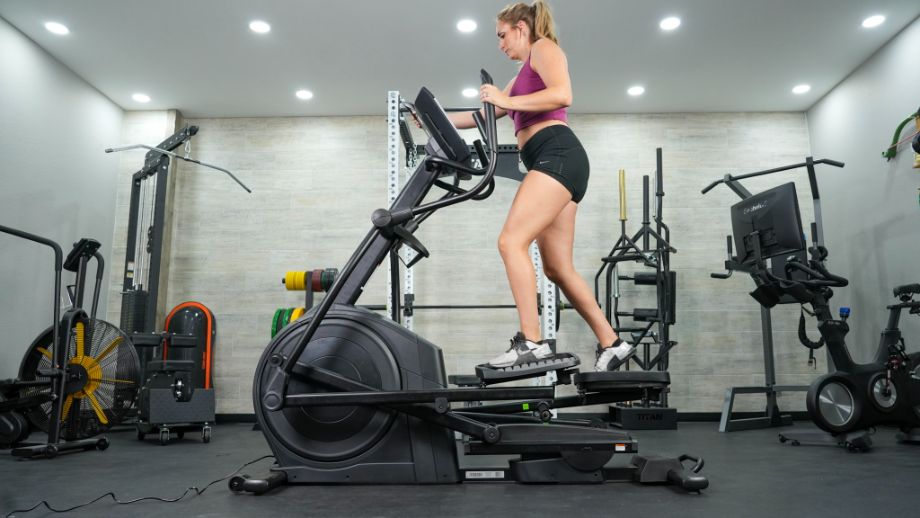
We’ll be using information from the Cleveland Clinic2 to explain the ins and outs of the five heart rate zones, including the energy source used, what percentage of your max heart rate you should be aiming for, how long to train in each zone, and the best ways to train in each zone.
Zone 1
Zone 1 training is the lowest heart rate zone and is classified as 50% to 60% of your maximum heart rate. This is considered moderate-low intensity and used for warm-up or recovery sessions.
When training in Zone 1, you should be able to easily hold a conversation and stay in this zone for an extended period. At this low training intensity, 85% of the calories burned come from fat as a fuel source.
There’s no minimum or maximum time to spend in Zone 1 as the intensity is so low, though many enjoy spending 10 to 20 minutes in this zone before or after a more intense workout. You can easily get into Zone 1 simply by walking outdoors or on a treadmill.
RELATED: Benefits of Walking on a Treadmill
Zone 2
The next step up is Zone 2, which involves training at 60% to 70% of your maximum heart rate1. You’ll work at a moderate intensity, slightly higher than Zone 1, but this pace should still be easy enough to sustain for extended periods.
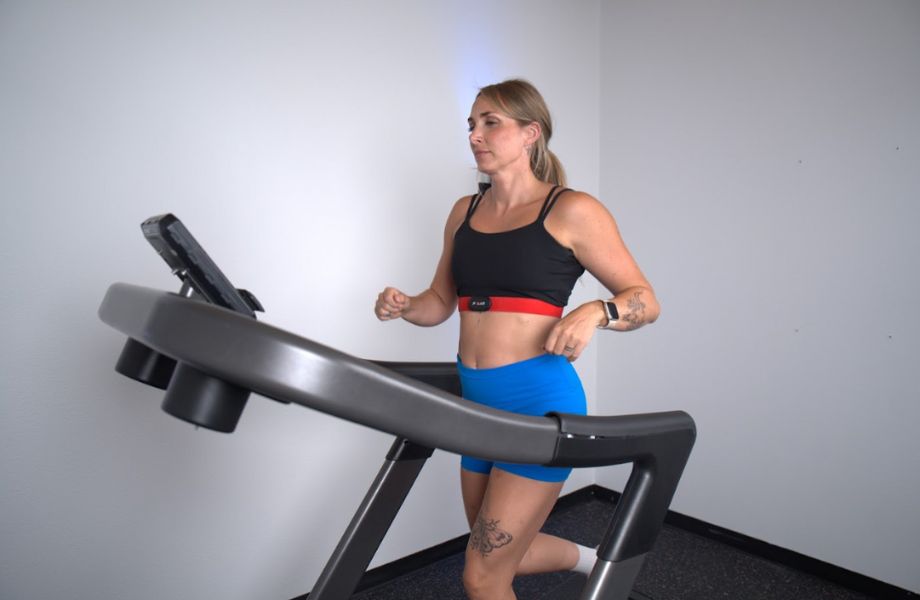
Zone 2 is primarily used for extended aerobic work, as it’s challenging enough to improve your cardiovascular fitness and endurance, but not so challenging that it interferes with your recovery. Further, studies have shown3 that regularly performing aerobic exercise at this intensity is a powerful way to reduce your blood pressure and improve your cardiovascular health.
According to the Centers for Disease Control4 (CDC), adults should aim for at least 150 minutes per week of Zone 2 cardio, which you can divide into multiple sessions over the week. In Zone 2, fat is still considered the primary fuel source, as 65% of the calories burned come from fat, and this zone is often considered the fat-burning heart rate zone.
While a heart rate monitor will provide the most accurate reading, you can tell that you’re in Zone 2 if you’re still able to hold a conversation but occasionally need to pause to take a breath. You can do this on nearly any piece of cardio equipment that allows you to maintain a specific pace and intensity, such as a treadmill, elliptical, or stationary bike.
Zone 3
Zone 3 is the tempo or threshold zone since it ramps your pace. You’ve crossed the lactate threshold and are now burning more carbs than fat, and you’ll be doing cardio at a pace you can’t sustain indefinitely.
In this zone, you’ll be training at 70% to 80% of your maximum heart rate, and due to the moderate-high intensity, your body will shift from burning fat as the primary fuel source to a mix of fats, carbs, and protein1.
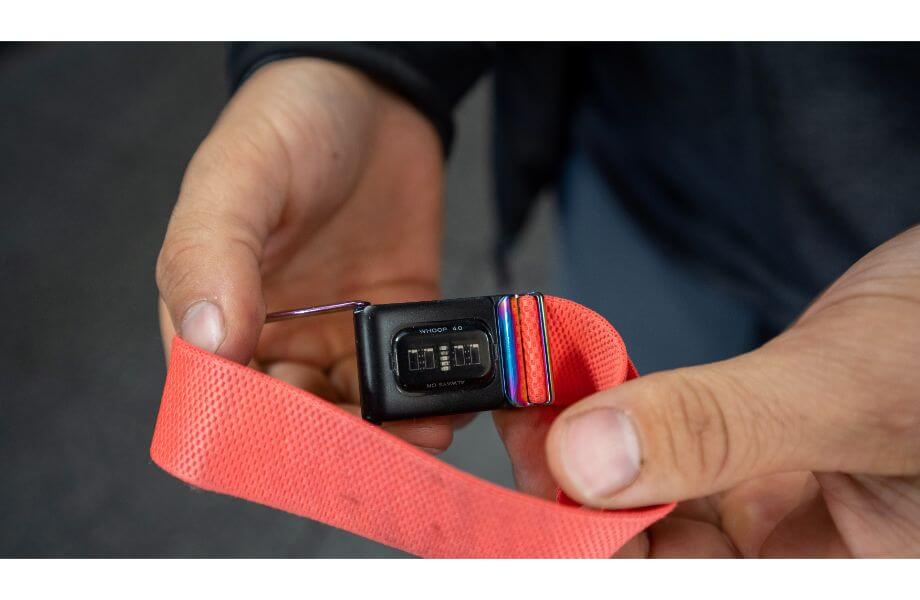
Your fitness levels will determine how long you can stay in Zone 3. Those new to cardiovascular training may struggle to remain in Zone 3 for more than 10 minutes, while seasoned endurance athletes may be able to work in this zone for an hour or more, using it as their running heart rate zone.
Certain training plans may suggest using Zone 3 in specific time blocks, with recovery periods in between. Any of the best cardio machines should work well for Zone 3 training.
Zone 4
Zone 4 is the second-highest heart rate zone, commonly referred to as the lactate threshold or Redline zone. It crosses the lactate threshold, changing from aerobic to anaerobic exercise at 80% to 90% of your maximum heart rate, primarily using carbohydrates and protein for fuel.
According to the Cleveland Clinic2, most people can’t sustain a Zone 4 pace for more than 15 minutes, so it’s often performed in intervals of high intensity followed by periods of slower training in between for recovery.
At a Zone 4 pace, you could carry on a conversation if you had to, but it’s not pleasant at a near-maximum effort. You can perform this with nearly any endurance training or cardio machine.
Zone 5
Zone 5 is your maximum effort training performed at a very high intensity, working at 90% to100% of your maximum heart rate. This is entirely anaerobic training and relies heavily on carbohydrates for fuel, with a little bit of protein.
RELATED: Best Protein Powder

This zone is the peak or VO2 max zone and is often used to help improve VO2 max. With such a vigorous intensity required to reach Zone 5, you can only sustain this pace for a few minutes. You’ll likely reach Zone 5 during interval training workouts.
Stationary bikes and air bikes are great choices for Zone 5 training, as they provide a safe way to work at your maximum effort. You can also do sprints on a manual treadmill, though you’ll want to be careful not to fly off the back.
RELATED: Air Bike vs. Treadmill
How To Get Started Training with Heart Rate Zones
Now that we’ve established why you should be using heart rate zones in your training, let’s look at what you need to do to get started with zone training.
The first step is calculating your maximum heart rate (MHR), and using it to determine your heart rate zones. This may require some upfront work, but it’s well worth the effort to maximize your training.
That’s because different zones have different impacts on the body, with a variety of cardiovascular adaptations. The zones also require different intensity levels, which is why heart rate zones are often used to prescribe cardiovascular exercise.
For example, someone wishing to perform a recovery run may aim to work in Zone 1 or 2, rather than simply going by feel, while athlete wishing to improve their VO2 max may be assigned work in Zones 4 or 5.
Zone 1 is the lowest intensity, and Zone 5 is the highest. If you have a recovery day and your plan calls for Zone 1 or Zone 2 cardio, training in too high of a zone may interfere with your recovery between sessions, which you don’t want.
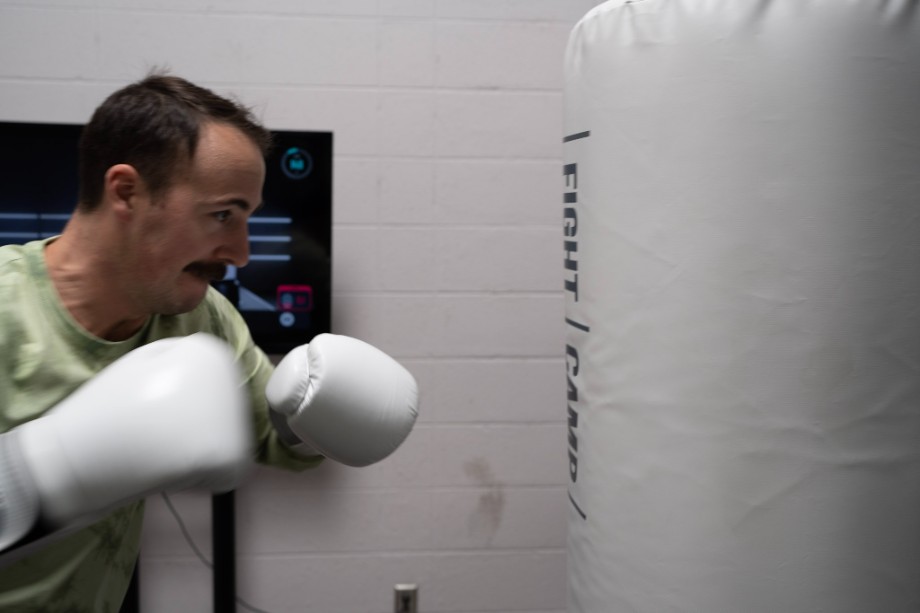
Many exercise enthusiasts, especially those who like to push themselves, tend to exercise at high intensities. However, if you do this every session, it’ll become harder to recover after workouts, and you run the risk of overtraining. Having a target heart rate zone that you stay in while training helps ensure you’re using the appropriate exercise intensity.
To get started with heart rate training, you’ll first need to calculate your maximum heart rate, using the simplified formula of 220 minus your age. You can also have a fitness professional or health care provider perform a maximum heart rate test to get the most accurate data.
From there, you simply need to wear a heart rate monitor, fitness tracker, or another wearable device while you exercise that allows you to monitor your heart rate zone in real-time. You can check your heart rate manually, but you’ll need to stop what you’re doing while a fitness tracker shows your beats per minute (BPM) in real-time.
RELATED: Best Garmin Fitness Trackers
Heart Rate Zones: Final Thoughts
While you can try to train at the appropriate intensity based on feeling alone, using heart rate zone training and a reliable heart rate monitor can provide a much more reliable method to optimize your cardiovascular training, improve your heart health, and ensure you’re training at an appropriate intensity.
Whether you’re looking to burn fat, improve your cardiovascular fitness, or train for an endurance event, using the five heart rate training zones to set up your exercise program is one of the best ways to balance performance and recovery.
Heart Rate Zones: FAQs
What are my heart rate zones for my age?
To calculate your heart rate zones, you can start by finding your maximum heart rate (MHR) using the simplified formula of 220 minus your age. From there, you can use the following guidelines to calculate your heart rate zones.
–Zone 1: 50%. (0.5 x MHR)
–Zone 2: 60% (0.6 x MHR)
–Zone 3: 70% (0.7 x MHR)
–Zone 4: 80% (0.8 x MHR)
–Zone 5: 90% (0.9 x MHR)
What should your heart rate be for fat burning?
Your body burns fat for fuel in Zones 1 to 3, which ranges from 50% to 80% of your maximum heart rate. Remember that weight loss over time requires a calorie deficit, and any sort of cardiovascular exercise will burn calories. The lower zones burn more fat, while higher zones burn carbohydrates.
What heart rate zone should I train in?
The heart rate zone you should use should be determined by your health history and training goals. Generally speaking, consider Zones 1 and 2 the recovery zones since they’re lower intensity. This is best for those who want to improve their cardiovascular health without interfering with recovery from other workouts. Higher heart rate zones are better for enhancing your VO2 max and require less time per session.
How much time should I spend in each heart rate zone?
Zones 1 and 2 are considered lower-intensity zones and are sustainable for longer, while you can only sustain higher-intensity training zones—Zones 4 and 5—for shorter intervals. The amount of time you need to spend in each zone depends on your fitness level and training goals.
What is the best heart rate zone to improve cardio?
A 2022 study3 found that all forms of aerobic exercise can improve cardiovascular fitness levels and reduce blood pressure, and the aerobic zones are considered Zones 1 and 2. Higher zones are generally used to improve VO2 max, so a mix of training that involves multiple heart rate zones may be the best approach toward improving your cardiovascular health.
References
- American Heart Association. (2021, March 9). Know Your Target Heart Rates for Exercise, Losing Weight and Health. American Heart Association. https://www.heart.org/en/healthy-living/fitness/fitness-basics/target-heart-rates
- Exercise Heart Rate Zones Explained. (2021, May 12). Health Essentials from Cleveland Clinic. https://health.clevelandclinic.org/exercise-heart-rate-zones-explained
- de Barcelos, G. T., Heberle, I., Coneglian, J. C., Vieira, B. A., Delevatti, R. S., & Gerage, A. M. (2022). Effects of Aerobic Training Progression on Blood Pressure in Individuals With Hypertension: A Systematic Review With Meta-Analysis and Meta-Regression. Frontiers in sports and active living, 4, 719063. https://doi.org/10.3389/fspor.2022.719063
- CDC. (2024, February 21). Physical Activity for Adults: An Overview. Physical Activity Basics. https://www.cdc.gov/physical-activity-basics/guidelines/adults.html
Further reading

If you regularly participate in cardiovascular training, whether you’re a runner, triathlete, or simply want to improve your health and cardiovascular fitness, understanding heart rate zone training can help you maximize your results. Many training plans for endurance athletes recommend specific heart rate zones for various types of training. While any form of cardio can benefit your health, the five different heart rate zones used in exercise protocols can each have distinct impacts on your body. » Read more about: Heart Rate Zone Training: How To Train Using Heart Rate Zones » Read more

Our Horizon T202 Treadmill Review takes an in-depth look at this affordable, high-quality machine. Read more

Looking to add some variation to your weightlifting regimen? Check out our CPT-selected Smith machine workouts for a fresh way to get in your strength training! Read more

Looking for a reasonably priced elliptical trainer with a lot to offer? Peek at this NordicTrack AudioStrider 800 elliptical review! Read more

